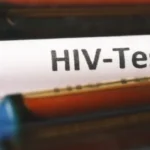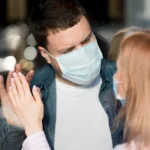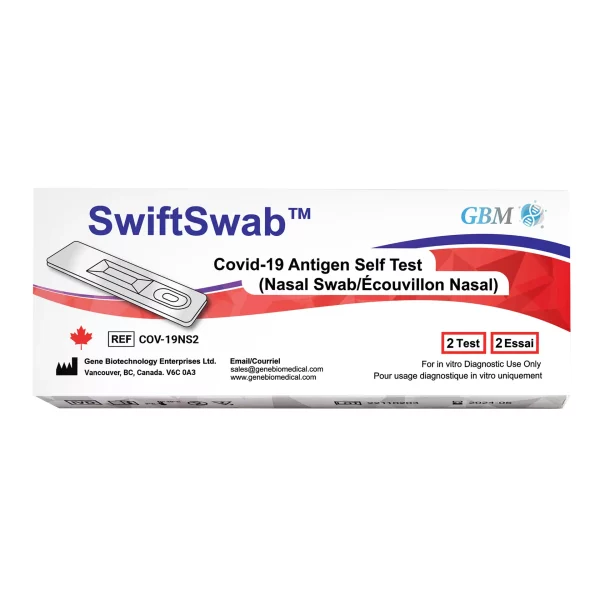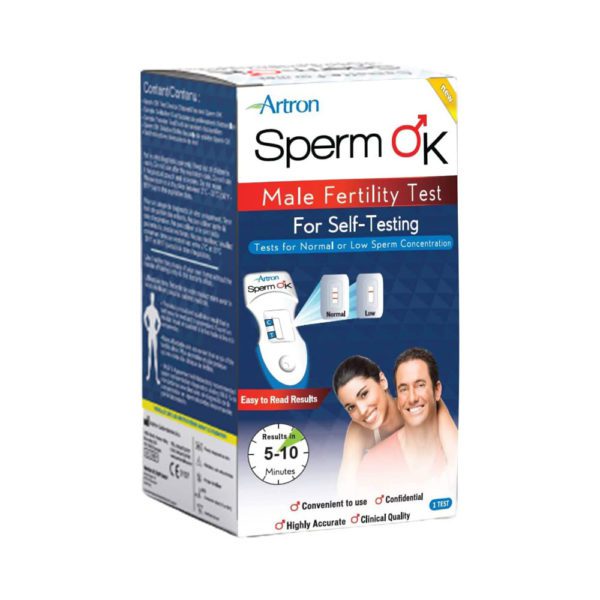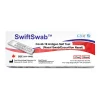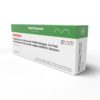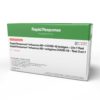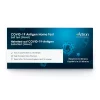COVID cases are on the rise again across Canada. Ontario alone is now estimating 100,000+ daily new cases. And with this many positives in the community, many people are left wondering when it’s safe to end isolation.
While regulations for positive cases vary by provinces, the common best practice is to keep rapid testing until you’re negative.
At-Home COVID Testing Schedule
Ever wondered what its like to experience COVID-19?
In this video, Eliyahu Ungar-Sargon talks about his symptoms along with the correct testing course of action he followed.
In response to a positive result, Eliyahu begins a strict testing regiment to ensure his and his wife’s protection. Safety measures are put into place in conjunction with the careful monitoring of symptoms as they progress and eventually fade.
It’s unlikely that Eliyahu would have diagnosed COVID if he had not been following a rigorous testing plan before falling ill. It would’ve been difficult for him to tell whether it was COVID or merely the dry summer air had he not followed such a regimen. He indicated how difficult it was to schedule an appointment at the time, along with the rising prices, and that he was fortunate to have test kits at his home.
By scheduling your rapid test kits before you feel ill, it’s possible to protect yourself and those around you from becoming infected with COVID. For this reason, we encourage you to take at- home testing seriously and follow along with the resources below.

Order Your HIV Self Test
<bConfirm your status. In the comfort and privacy of your home.
Why Rapid Antigen Tests Are Important
Rapid antigen tests are important identifying tools to help you protect yourself, your loved ones and your community. Amongst the many public health measures in place to help limit the spread of COVID-19, rapid antigen tests help bolster your personal protection.
Nasal swabs are generally used in rapid antigen tests to identify viral proteins from your biological sample and provide results within 20 minutes. These tests can help detect positive COVID-19 cases sooner because they don’t need the use of a laboratory to generate results.
As the Omicron variant continues to spread, governments are looking to expand the use of rapid tests for at-home use. Initiating these efforts, on the other hand, has been slow in delivering resources to those who need it, forcing many Canadians to search for their own rapid antigen test kits.
Testing and screening are critical instruments to identify asymptomatic individuals who need to be isolated. You may help reduce the risk of outbreaks by creating your own at-home rapid antigen testing schedule.
Rapid tests provide an extra layer of protection against the spread of COVID-19 and have aided in the identification and prevention of over 3,000 presumptive positive COVID-19 cases in Canada (as of July, 2021).
Thankfully, we provide a number of COVID-19 rapid test kits here. All of our Covid Rapid antigen tests are approved by Health Canada, so you can be sure that you’re getting a quality product. They are all easy to use, and provide results in just 20 minutes. If you are more comfortable speaking through the instructions and results with medical staff, we can help you with that. Our nurses are trained to help guide you through the testing process and answer any topical questions you may have.
When Should You Take a Rapid Test?
If you do not have an at-home rapid testing program in place already, you should test yourself as soon as symptoms begin. Even if they’re mild and regardless of vaccination status, you should get tested simply for the peace of mind it offers.
Using a Rapid Test Before Meeting with Family
For example, if you’re considering using a rapid test as a secondary line of defense before gathering with family, take it as close to the beginning of the event as possible.
Before attending indoor gatherings with individuals who aren’t in your household, consider using a COVID-19 rapid test. This is especially crucial before meeting with individuals at high risk of critical illness, the elderly, those who are immunocompromised, unvaccinated people including toddlers who can’t be vaccinated yet.
If you are following all the public health measures, taking a rapid test will only enhance the safety of a family gathering or a night with friends.

Order Your HIV Self Test
<bConfirm your status. In the comfort and privacy of your home.
Use a Rapid Test if You've Come Into Contact with Someone Who is Positive
So, you came into close contact with someone who has COVID-19. Thats okay! Sometimes it’s inevitable. A close contact is anyone who has come into direct contact with a person who has tested positive for COVID-19 and was contagious at the time.
This can also mean: You were within six feet of the person for at least 15 minutes while indoors, the person coughed or sneezed near you, you care for the person at home, or the person touched, hugged or kissed you.
Of course, masks are a great barrier of protection against COVID-19. Even with masking, you may still be considered a close contact if any of the above situations apply to you.
How Often Should I Test After Potential Infection?
Complete a COVID-19 test immediately and again at least 2 days later. It is recommended to use rapid tests every 2 days until you receive your first negative test. You must continue to isolate until you receive 2 consecutive rapid tests, along with a lessening of symptoms.
If your symptoms have not improved (headache, fever, shortness of breath, runny nose etc.), it is recommended you do not end your isolation for at least another 24 hours, or until symptoms improve.
Benefits of having a Rapid Test Schedule
Ensuring a consistent rapid test schedule means that before you show even mild symptoms, you can catch COVID-19 early and prevent spreading the disease to those around you. If you’re already testing yourself frequently, you can start isolating quicker than symptoms have to appear and further limit the spread.
Nobody wants to be cut off from their friends and family, so automatic testing schedules provide you the peace of mind to check yourself with confidence.
Now is a great time to make sure you have a rapid test kit in the house that you can use regularly, or to stock up for upcoming gatherings with friends and extended family. Rapid antigen testing is highly effective when taken regularly, meaning they reduce your risk of spreading
COVID-19 to others even before you have any symptoms at all. Rapid tests are the only way to ensure your safety if someone around you is showing signs of COVID-19 .
What to do if I test positive?
If someone in your household, or you, tests positive COVID-19, follow these instructions to take care of yourself and to assist safeguard others in your neighborhood and community.
Stay at home. COVID-19 is usually mild, so most people with it can recover at home without receiving medical treatment. Except to receive health care, do not leave your house. Do not go to public spaces, or visit places where you cannot wear a mask.
Take care of yourself. Get rest and drink lots of fluids. Use over-the-counter medicines like as acetaminophen to help with your symptoms.
If you think you have COVID-19, wait for the test results. While you wait for the test results, keep away from others, especially family members who live in the same household.
Having a rapid test kit at home and ready for use will help you to avoid going out and purchasing one after you’ve gotten sick. It is encouraged to have a rapid testing kit at home in case you need it, rather than risking supplies and price increases.
How accurate are rapid tests?
If you’re simply testing before a gathering with friends or family that have no COVID-19 symptoms or recent exposures which would increase your risk of being infected, a single negative test is reassuring, but it isn’t a free pass.
One negative rapid test might make you feel better about going to the store with a mask on or meeting a healthy friend for a meal. But don’t rely on just one rapid test if you’re using it to decide if it’s safe to visit your grandmother at the nursing home.
Rapid tests accurately provide positive COVID-19 results when taken in the first week upon having COVID-19 symptoms. In general, rapid tests correctly identify an average of 78.3 percent of cases during the first week.
Rapid tests almost always provide an accurate result, meaning the tests seldom test positive when you don’t actually have COVID-19. In the March 2021, researchers found that rapid tests correctly gave a positive COVID-19 result in over 90% of people.

Order Your HIV Self Test
<bConfirm your status. In the comfort and privacy of your home.


